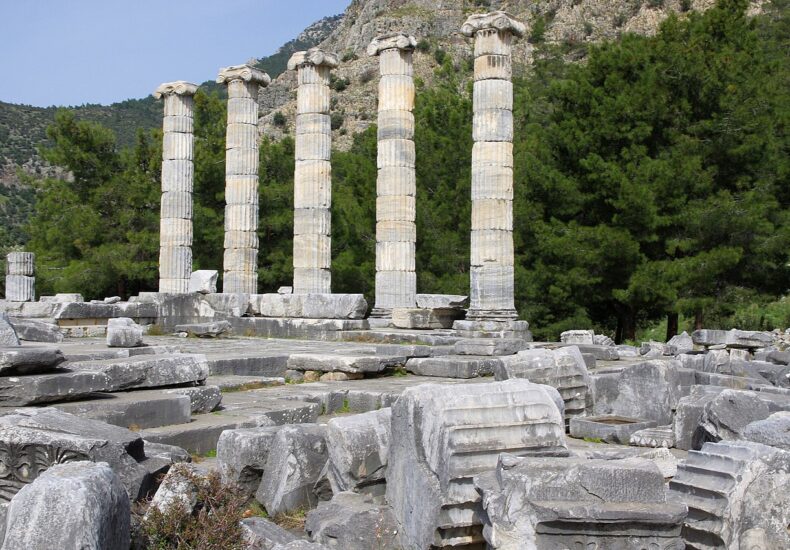
Priene, Anatolia’s First Planned City, Poised for Permanent UNESCO World Heritage Listing
Located in Söke district of Aydın province, Türkiye, Priene Ancient City dates back to the 4th century BCE and stands as Anatolia’s earliest known planned city. With its strategic stone walls measuring 2 meters thick and a highly organized urban layout, Priene is now undergoing intensive efforts for permanent inclusion on the UNESCO World Heritage List.
Since its addition to the UNESCO Tentative List in 2018, Priene has drawn growing attention from scholars and tourists alike. Aydın Provincial Director of Culture and Tourism, Ahmet Demir, recently visited the site to review ongoing archaeological work, emphasizing the uninterrupted efforts to secure UNESCO’s permanent recognition.
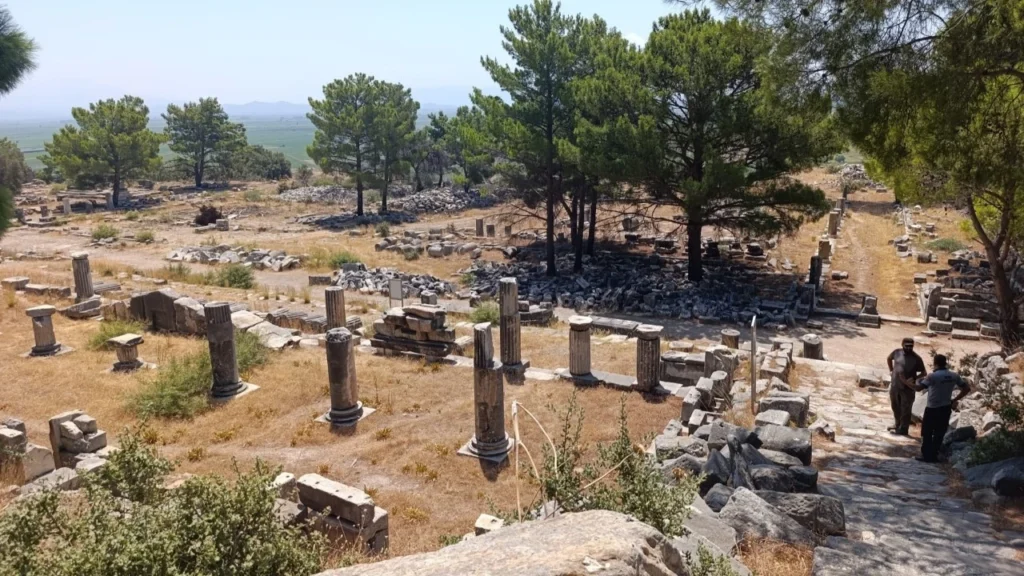
Priene’s urban plan features a clear grid system with six main streets running east-west and fifteen secondary streets intersecting perpendicularly, reflecting one of the oldest examples of modern city planning. Its defensive structures, including thick stone walls and watchtowers, demonstrate advanced security strategies of the era.
The city also reveals sophisticated water management and sewage systems, underscoring the complexity of urban life in the ancient world. Built on a steep southern slope with its acropolis situated 230 meters above, Priene’s natural rock-cut stairways—currently popular hiking paths known as the “Z-Route”—highlight the integration of architecture with the terrain.

Comparable in many ways to Italy’s Pompeii, Priene offers valuable insight into ancient Anatolian civilization and early urban design principles. Its permanent addition to the UNESCO World Heritage List will not only affirm its historical importance but also boost regional tourism and archaeological research.
A Masterpiece of Ancient Urban Thinking: 7 Key Facts About Priene
- One of the First Planned Cities in History:
Priene stands among the earliest examples of a grid-based urban layout. The entire city was built with geometric precision. - Real-World Application of the Hippodamian Plan:
Priene reflects the urban theories of Hippodamus of Miletus with textbook accuracy—equal-sized blocks, perpendicular streets, and orderly intersections. - Athena Temple Designed by Pytheos:
The city’s most iconic structure, the Temple of Athena, was designed by Pytheos, the same architect who built the Mausoleum at Halicarnassus—one of the Seven Wonders. - Architecture in Harmony with Nature:
Priene was built on a steep hillside. Natural rock was carved to form stairways—today used as a hiking trail known as the “Z-Route.” - Equipped with Complete Civic Infrastructure:
The city featured all key public buildings of a classical polis: a theatre, agora, gymnasion, temples, stoa, and residential blocks. - Religious Diversity in Stone:
With temples dedicated to Athena, Zeus, Demeter, and even an Egyptian deity, Priene reflects the multi-faith landscape of the Hellenistic world. - Small in Size, Rich in Culture:
With an estimated population of 5,000, Priene was never a large metropolis—but its architectural and intellectual significance far outweighed its size.
Cover Image Credit: View of the Temple of Athena, the most monumental structure built in Priene in the 4th century BC. Wikipedia
You may also like
- A 1700-year-old statue of Pan unearthed during the excavations at Polyeuktos in İstanbul
- The granary was found in the ancient city of Sebaste, founded by the first Roman emperor Augustus
- Donalar Kale Kapı Rock Tomb or Donalar Rock Tomb
- Theater emerges as works continue in ancient city of Perinthos
- Urartian King Argishti’s bronze shield revealed the name of an unknown country
- The religious center of Lycia, the ancient city of Letoon
- Who were the Luwians?
- A new study brings a fresh perspective on the Anatolian origin of the Indo-European languages
- Perhaps the oldest thermal treatment center in the world, which has been in continuous use for 2000 years -Basilica Therma Roman Bath or King’s Daughter-
- The largest synagogue of the ancient world, located in the ancient city of Sardis, is being restored

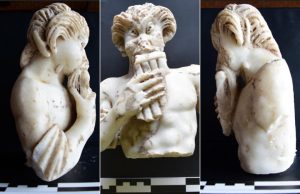
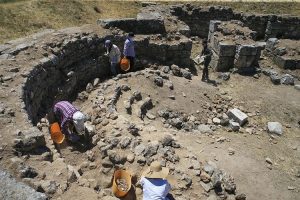
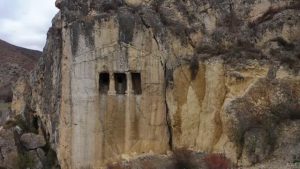
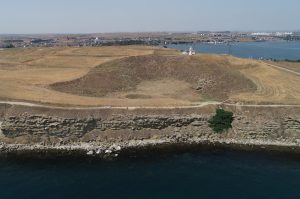

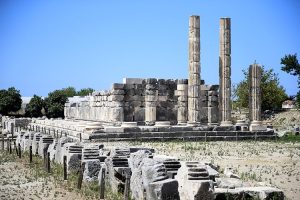


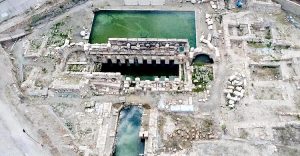
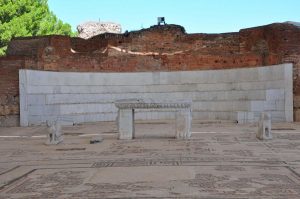
Leave a Reply